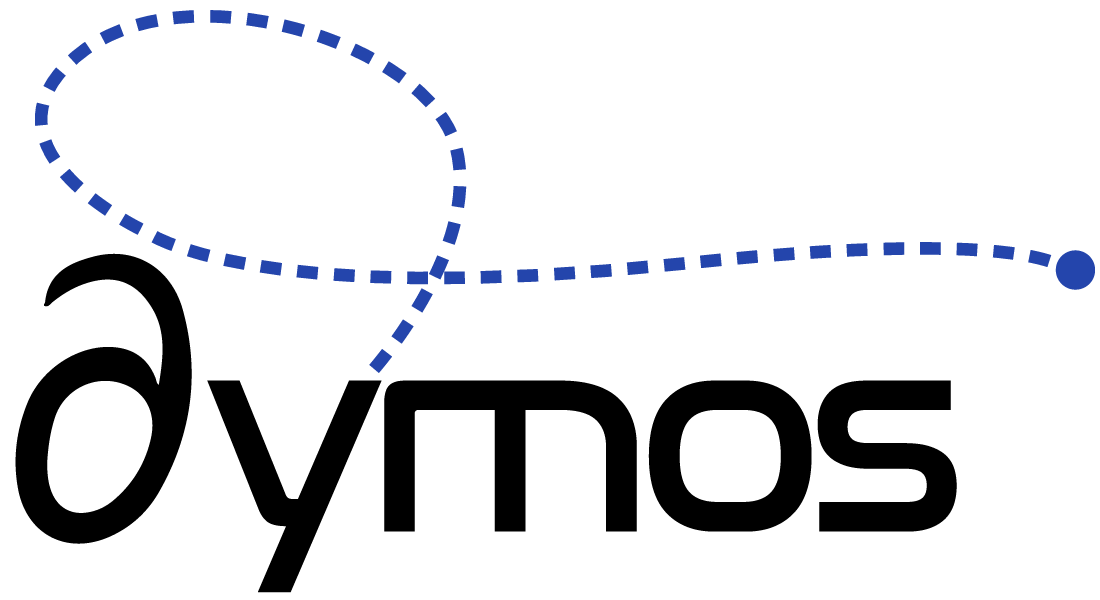Segments#
All phases in Dymos are decomposed into one or more segments in time. These segments serve the following purposes:
Gauss-Lobatto collocation and the Radau Pseudospectral method model each state variable as a polynomial segment in nondimensional time within each segment.
Each control is modeled as a polynomial in nondimensional time within each segment.
The order of the state polynomial segment is given by the phase argument transcription_order.
In Dymos the minimum supported transcription order is 3.
State-time histories within a segment are modelled as a Lagrange polynomial. Continuity in state value may be enforced via linear constraints at the segment boundaries (the default behavior) or by specifying a compressed transcription whereby the state value at a segment boundary is provided as a single value. The default compressed transcription yields an optimization problem with fewer variables, but in some situations using uncompressed transcription can result in more robust convergence.

